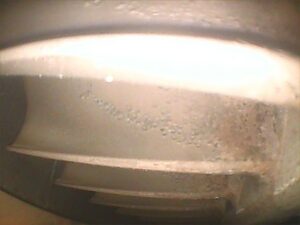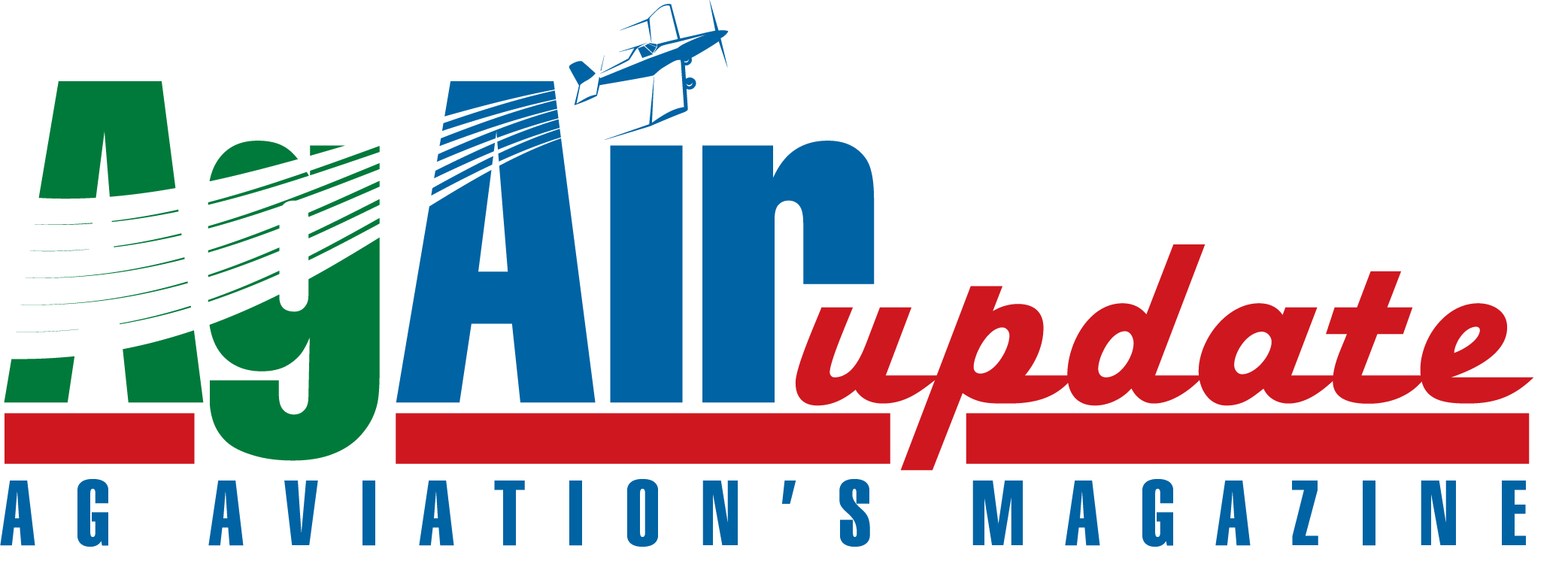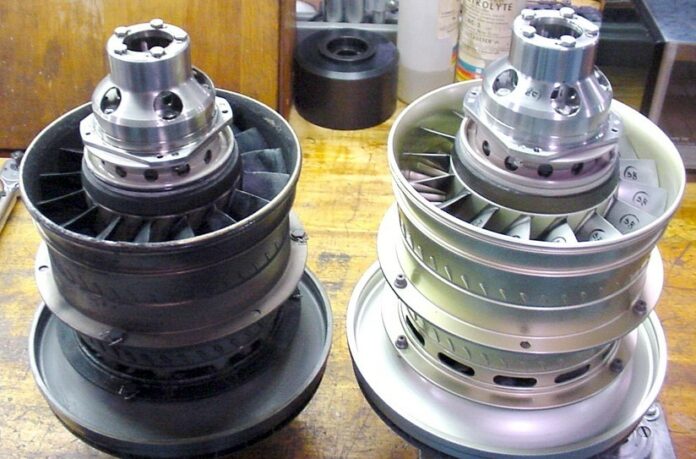Please wash your hands. Our parents made this request when we were young children. We are also hearing and seeing signs about washing our hands in our current situation—something so simple but can have a profound effect. Washing can work wonders.
When we talk about washing your engine, it has that same positive result. A clean engine is a happy engine. Pratt & Whitney Canada gives us insight into the maintenance manual on types of engine washes, guidelines for washing, and why they are essential. The item the maintenance manual does not explicitly tell us is when to wash. My question for you is, when do you wash your PT6 engine?
Time to discuss the types of engine washes that you should be doing and my thoughts on how often you might do each type. If you have sat through an engine discussion, washing almost always comes up as a topic of conversation. The maintenance manual defines three internal types of washes: Desalinization, Power Recovery and Turbine. I also remind folks not to neglect the external engine wash. Not only does it give you a chance to look your engine over, but it also provides an opportunity to make sure you have cables and components lubricated. Not cleaning these components and caring for their proper lubrication can lead to premature wear and failure. You want to be looking for early signs of corrosion as well. The earlier you catch corrosion, the better.
All internal engine washes are performed while motoring the engine. This provides two additional things to watch; first, make sure not to overheat your starter/generator, allow for a proper cool down in between cycles of motoring. The second concern is the potential to siphon the oil from the oil tank and flood the accessory gearbox. This is much more prominent in large PT6 engines. An indicator that shows up is oil coming out of the inlet case. When washing a large PT6 engine, we try and do as few motoring runs as possible.
Begin your internal washes by engaging your starter. When the Ng is between 10% to 25%, water or cleaning fluid is injected into the engine at 2 to 3 gal/minute. Make sure and read your maintenance manual to see the complete washing instructions. All internal engine washes are performed while the engine is turning. Let’s define the washes now to make the best choice as to what type of wash you need.
The first internal wash is the desalinization wash. This wash is performed to remove salts, deposits and light dirt. This wash is performed with drinking quality water, provided minimum standards are met. I suggest to people who live in areas with a high mineral content in the water to use demineralized water. Desalinization wash can be a daily or weekly wash dependent upon the atmosphere you fly in. We talk about salt air, pollution, dust, and sand, but what about products being delivered with ag aircraft that are corrosive? Can these materials make it through the air filtration? My suggestion is to check the cleanliness of your compressor during your 100-hour inspection. This will let you know if you need to increase the frequency of your desalinization (plain water) washes. If you are doing a lot of fertilizer, make sure and run some water through your engine. We have seen some of the chemicals cause significant corrosion quickly on and in the engine when not taken care of.

The second internal wash is the performance recovery wash. Pratt & Whitney Canada recommends this level of washing if there is a noticeable difference in engine performance. I would add that if you are doing regular desalinization washes and the compressor is still showing signs of dirt/salt/chemicals; then you should add a performance recovery wash to your regular schedule. This wash is like the desalination wash with the addition of a cleaning solution. Important note: ONLY use approved chemicals in the cleaning solution. There are several options available, and they are listed in the engine maintenance manual along with the proper mix ratios.
The final internal wash is the compressor turbine desalinization wash. This wash sprays clean water directly on the compressor turbine blades. A tool is required to perform the compressor turbine desalinization wash. A water rinse of the turbine is recommended when doing a performance recovery wash as the final step. This wash is used to remove residue from the CT blades and limit the opportunity for sulphidation to attack blade coating and or parent material. If you notice dirt or other things “sticking” to your compressor turbine (CT) blades, you need to perform this wash. The blades are being inspected at each nozzle interval via borescope, so you will be keeping an eye on how they are doing. If anyone has had to replace CT blades, you know just how valuable this small amount of preventative maintenance can be.
I encourage everyone to do washes based upon what you are seeing in and on your engine. Make sure you reference the manual for all the proper steps. Make sure all the drains are open and draining. Ensure to disconnect the air system going to the fuel control from the engine. Cleanliness can make a world of difference not only to the performance of your engine but also provide an opportunity to save you money as a preventative step.
Everyone wash your hands, wash your engine, stay safe, and let’s have a great season!
Please reach out to me at robertc@covingtonaircraft.com if you have any questions, and I’ll be glad to assist.





